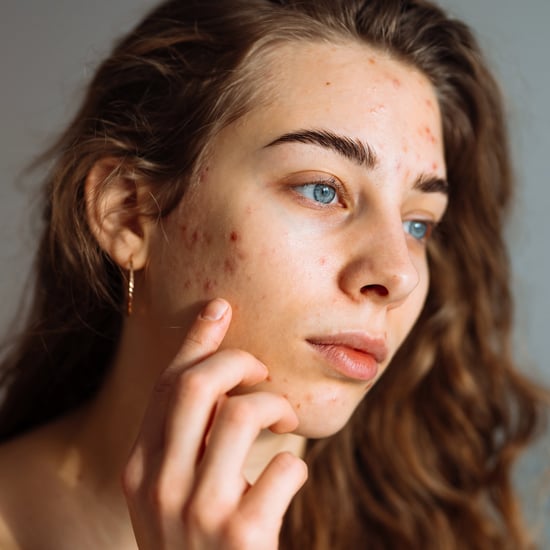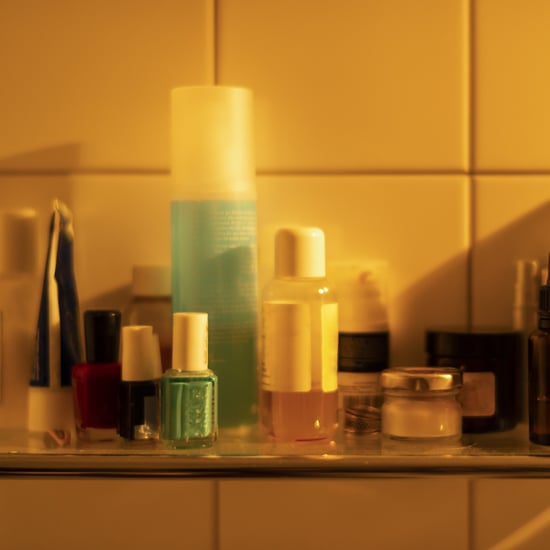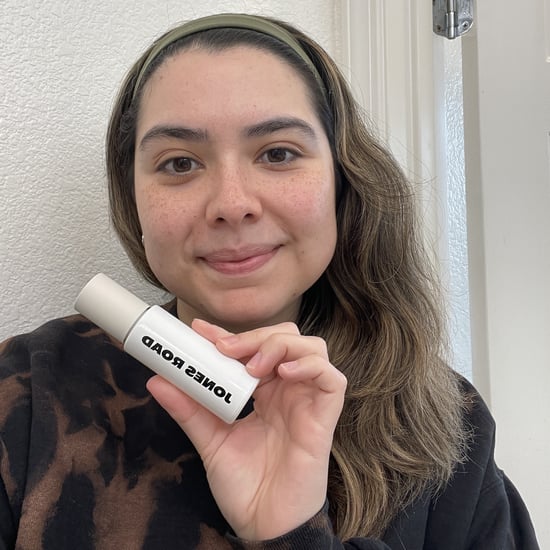Phenol Peels: What It Is, Benefits, Recovery, Risks
What to Know About the Phenol Peels Going Viral on TikTok
@joaoocastros Sonhos podem sim se tornar realidade. Você só precisa acreditar e lutar por isso. A fé e a persistência nunca decepcionam. #peelingdefenolprofundo #peeling #fenol #acne #cicatrizdeacne
♬ som original - Adriana senra
Very few two-word phrases have the power to evoke as much fear as "chemical peels." The effective but sometimes harsh cosmetic treatment might give you flashbacks to a beet-red Samantha Jones on "Sex and the City," but the results speak for themselves. When João Castro shared a video of his experience with a phenol peel — the strongest form of chemical peel — and it subsequently went viral, the reactions were mixed. Many people were blown away by the after photo, while others couldn't get over the shocking progress shots.
For the unfamiliar, there are different kinds of chemical peels out there, ranging from at-home options you can incorporate as part of your weekly routine to in-office procedures that require the close care of a doctor, like phenol peels. This heavy hitter in the world of peels offers remarkable skin-smoothing results, targeting concerns like deep wrinkles and acne scars, but it doesn't come without some risks — and a lot of pain. Ahead, a board-certified dermatologist shares everything you need to know.
What Is a Phenol Peel?
A phenol peel is one of the most powerful chemical peels available, and as such, it can only be administered under the supervision of a trained doctor. "Unlike other chemical peels that go into the epidermis, or the outermost layer of skin, a phenol peel penetrates the epidermis and goes deeper into the dermis, the deeper layer of skin that connects the epidermis to subcutaneous tissue," Corey L. Hartman, MD, FAAD, board-certified dermatologist and founder of Skin Wellness Dermatology in Birmingham, AL, tells POPSUGAR.
The peel itself is made from phenol, also known as carbolic acid and phenic acid, an organic, naturally occurring molecule derived from petroleum. It is categorized as a deep peel and works through protein denaturation and coagulation. Phenol denatures and coagulates the surface keratin in the skin, while croton oil, another ingredient commonly used in the peel solution, enhances its abilities. The phenol peel is applied topically, causing a controlled injury to the skin, leading to total rejuvenation of the existing cells.
Due to its ability to penetrate the dermis, Dr. Hartman explains, it's very intense, and many patients find it to be quite painful. "Recovery takes months, though it gives phenomenal results," he adds.
Who Should Get a Phenol Peel?
Phenol peels can completely transform your skin, giving you almost like a clean slate, but they're not for everyone. They're only recommended for those with severe acne scarring and deep wrinkles from ageing and UV exposure. After they're fully recovered, patients will see "smoother skin, a reduction in wrinkles, lines are scars, and brighter skin."
That said, not all doctors offer phenol peels due to their aggressive nature. "I don't do it often in my practice since there are many other options like lasers that can deliver similar results without the painful process and extended recovery period," Dr. Hartman says. They are more suitable for those with light skin, as those with dark skin tones need to be more careful with aggressive exfoliants because of scarring.
"The most important element in identifying a good candidate for a phenol peel is making sure the patient is comfortable with the extended recovery process and the prolonged downtime and care the skin will need to keep it healthy, avoid infection, and ensure best results," Dr. Hartman says.
Phenol Peel Risks
Dr. Hartman advises that phenol peels come with a "plethora of risks," from the pain to the chance of infection. "You should expect your skin to feel red, raw, and irritated, especially in the first six weeks after treatment, and you may see blistering, scabbing, crusting, and pus." Proper aftercare is crucial, as infection is a big risk following a treatment because your skin is so compromised. (More on that below.)
"The phenol ingredient can also cause side effects and issues with the heart, kidney, and liver," he says. This can include cardiac risks, as phenol is cardiotoxic, and systemic toxicity of the liver and kidneys. This is because "phenol is absorbed into the skin, and it will travel throughout the body via your bloodstream" if not applied in only a few sections at a time. To lower the possibility of complications, it's important to talk things over with your doctor, disclose any medications you're on, and go over your health history.
What to Expect During a Phenol Peel
A phenol peel takes about two hours from start to finish. "We'll have a patient arrive at the practice and offer numbing cream and sometimes anesthesia to help with the pain," Dr. Hartman says. In some cases, a doctor may say you can take an over-the-counter pain reliever prior to the procedure, but it's important to check first.
Over two hours, liquid phenol is applied to the skin in sections and sits for 15 minutes. "We will monitor your vitals during and immediately following the treatment to ensure your body is handling the treatment well," Dr. Hartman says.
Phenol Peel Recovery
The recovery phase of a phenol peel lasts about six weeks — and it's not pretty. "This is the period where you may see blisters, scabs, and crusts," Dr. Hartman says. "You'll need to apply occlusive dressings and products like Aquaphor to protect the skin and reduce the risk of scarring." Eventually, your face will form a scab, and shortly after, the scab will fall off. For at least two to three weeks post-treatment, you can't use any makeup, but Dr. Hartman advises that sometimes it's longer. You'll also need to up your sun protection with frequent sunscreen application and the proper clothing. These strict recovery guidelines make it a good fit for those who can work from home remotely for the six-week healing process.
"Discuss what skin-care product you can and can't use with your board-certified dermatologist," Dr. Hartman says. "It's likely that your entire skin-care routine will need to be revamped during recovery and ongoing after a phenol peel."
While a phenol peel can be a transformative solution for severe skin scarring and other conditions, if you're (understandably) afraid of the downtime and pain, talk with your doctor about other cosmetic treatments such as lasers and mild peels that can deliver similar results.






